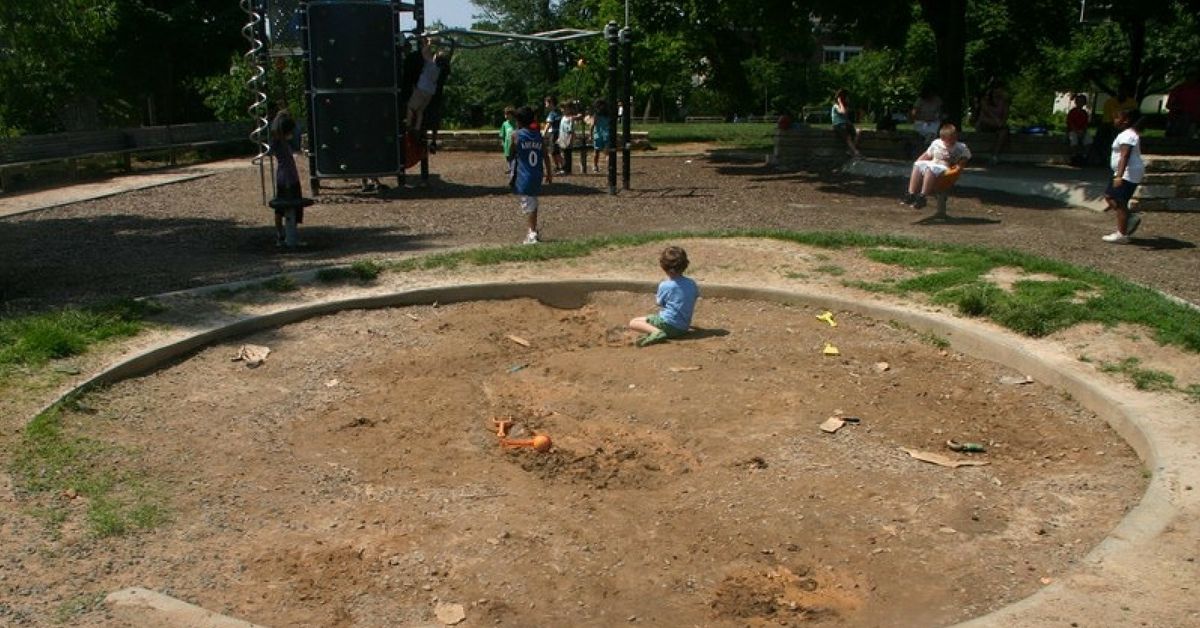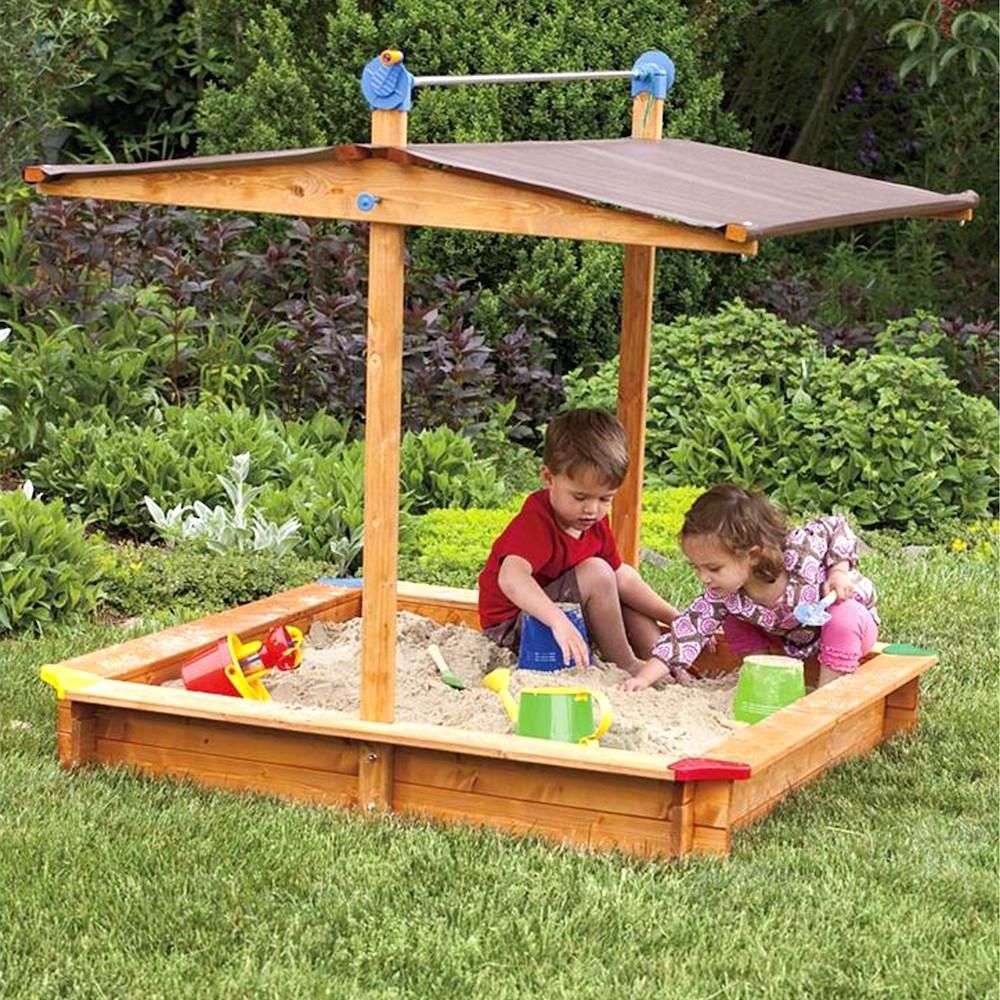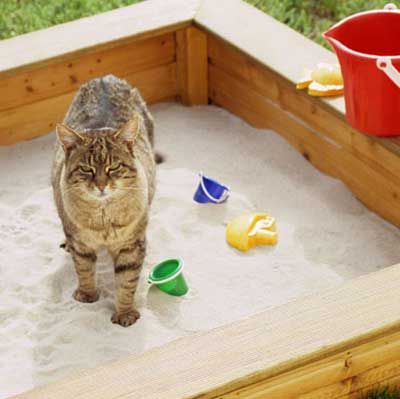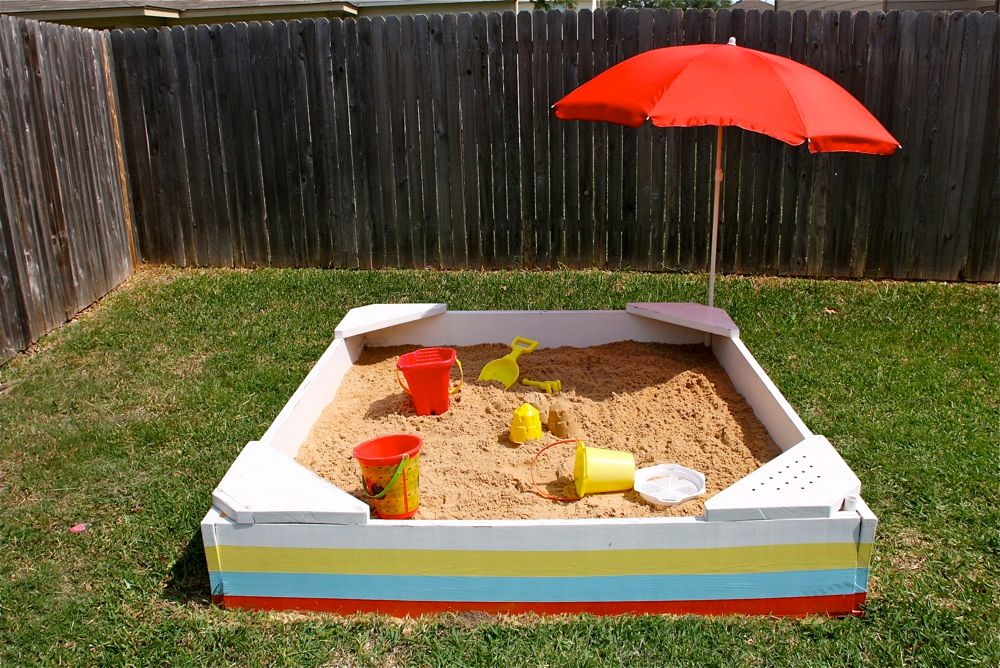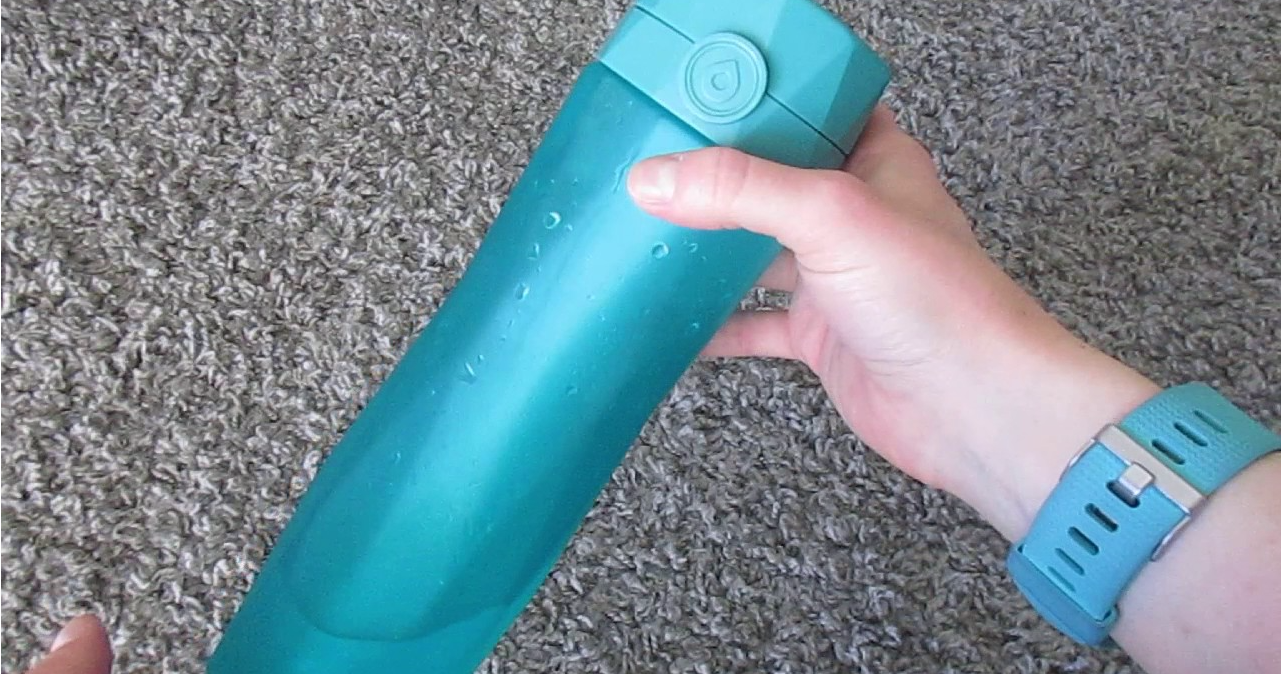The sandbox is a common play spot for kids during the summer time. Whether it's in your backyard or at the park, the sandbox is a place where imagination can run wild.
But in addition to imagination, there can also be health hazards running around in that sand which could put your child at risk.
Dr. Philip M. Tierno, Jr., a professor of microbiology and pathology at NYU School of Medicine, says that sand from a sandbox or playground is much worse than sand you would find on a beach.
"Sandbox germs are particularly bad," he said.
Because the germs in a sandbox are parasitic, they're not the type of germs that will help strengthen an immune system. Instead, they can cause severe infections.
"You don't want parasites to be included with the germs that you interface with," Tierno told CBS News. "It's not any germ -- come one, come all. You have to be selective."
These are the health hazards you could be facing from a normal sandbox.
Roundworm
Racoons love to hang out in sandboxes, which means they love to poop in sandboxes. Unfortunately for everyone, the poop carries more than just a "yuck" factor. Baylisascaris procyonis, or parasitic roundworm, is found in the feces of racoons and it's pretty awful.
"In one study, the eggs were placed in formaldehyde for days and they survived," Tierno said.
In 2009, a study showed that 50% of backyards in the Chicago area contained racoon poop. Another study looked at a seven-year-old boy in Canada who developed a serious brain infection due to roundworm.
"The child often played in an open sandbox in the backyard and had a habit of putting his hands in his mouth," the study reported. "... soil from the sandbox contained B. procyonis eggs."
The CDC says symptoms of roundworm can take a week to develop, and could include nausea, fatigue, loss of muscle control or blindness.
Toxocariasis
Toxocariasis comes from canine and feline roundworms, and is considered the "most common human parasitic worm infection in the United States."
Because stray cats and dogs use sandboxes as toilets, toxocara eggs are found in between three and 39% of sandboxes, depending on what state you're in.
The CDC states that if you are infected with toxacara, you may not even show symptoms. If you do, they include coughing, abdominal pain, headaches, and psychiatric problems.
More often than not, toxacara eggs are found in lower-income neighborhhoods and developing countries.
Toxoplasmosis
The T. gondii bacteria is transmitted through the feces of cats, which is why it's recommended that you thoroughly wash your hands after cleaning your cat's litter box (obviously). Since cats will often use sandboxes as a litter box, the risk of toxoplasmosis is high.
If your child has been infected with T. gondii, it can present itself as flu-like symptoms. Pregnant women should also be wary of this bacteria, as it can cause birth defects.
There is limited research which shows that kids infected with the parasite have a higher chance of mental disorders such as schizophrenia and anger outbursts.
How To Protect Yourself
There are easy steps to make sure you are protecting yourself and your kids from these potentially harmful parasites.
- Sift through the sand on a weekly basis to make sure there is no wild animal feces in it.
- Cover the sandbox when you are not using it to prevent animals from entering.
- Avoid public sandboxes that look unclean or dug in by wild animals.
- Seal the bottom of your at-home sandbox to prevent smaller creatures from entering underneath.
Do you have a sandbox in your backyard?
[H/T: CBS News]
